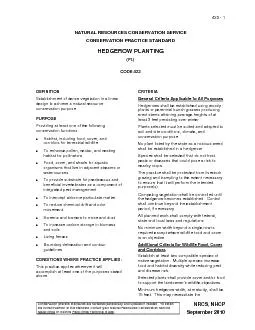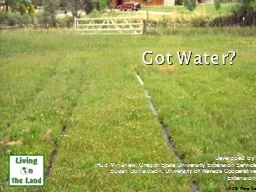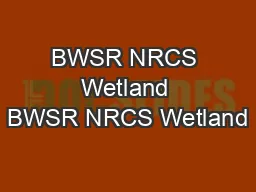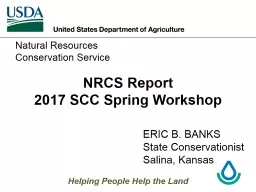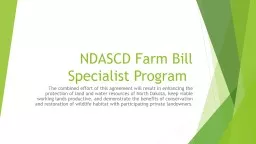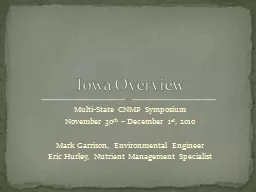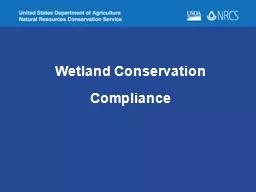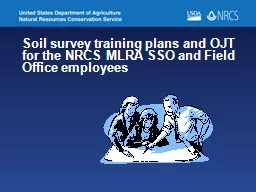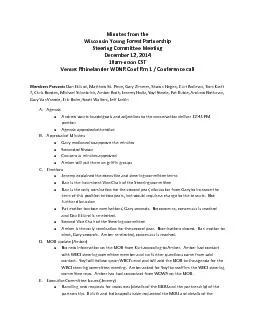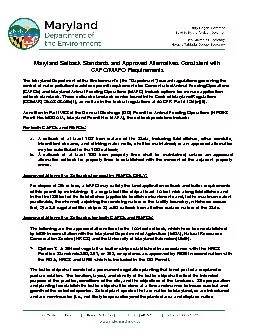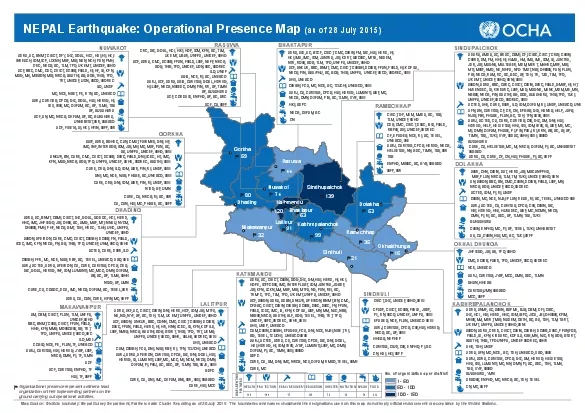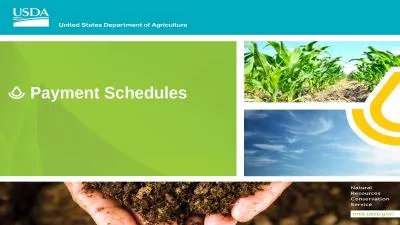PDF-NRCS, NHCPSeptember2010
Author : jane-oiler | Published Date : 2017-01-04
422 1 Conservation practice standards are reviewed periodically and updated if needed To obtain the current version of this standard contact your Natural Resources
Presentation Embed Code
Download Presentation
Download Presentation The PPT/PDF document "NRCS, NHCPSeptember2010" is the property of its rightful owner. Permission is granted to download and print the materials on this website for personal, non-commercial use only, and to display it on your personal computer provided you do not modify the materials and that you retain all copyright notices contained in the materials. By downloading content from our website, you accept the terms of this agreement.
NRCS, NHCPSeptember2010: Transcript
422 1 Conservation practice standards are reviewed periodically and updated if needed To obtain the current version of this standard contact your Natural Resources Conservation Service State O. AMERICAN LICORICE Glycyrrhiza lepidota Pursch. Plant Symbol = GLLE3 Contributed by: USDA NRCS Plant Materials Center, Manhattan, Kansas Wildlife value: Deer and pronghorn antelope consume licoric Developed by: . Hud Minshew, Oregon State University Extension Service. Susan Donaldson, University of Nevada Cooperative Extension. UNCE, Reno, Nev.. Today we’ll learn about. Sources of irrigation water: . PlantIDTaining2009PlantIDTaining2009 Plant T r T r Sedges and Rushes -True Sedges (FilC)(FilC) (F am y : C yperaceae ) y : C yperaceae ) TriangularstemsTriangularstems stems stems 3 leaves Bisexualo 2017 SCC Spring Workshop. Topics. Budget Status for Fiscal Year 2017. Kansas NRCS Staffing Outlook . Program Updates. Emergency Watershed Program (EWP). Budget Status for . Fiscal Year 2017. Mandatory Funds (Farm Bill) will be adequate for Fiscal Year.. The combined effort of this agreement will result in enhancing the protection of land and water resources of North Dakota, keep viable working lands productive, and demonstrate the benefits of conservation and restoration of wildlife habitat with participating private landowners.. November 30. th. – December 1. st. , 2010. Mark Garrison, Environmental Engineer. Eric Hurley, Nutrient Management Specialist. Iowa Overview. Commodity. Type. Rank. Corn (acres). 1. Soybeans. (acres). Two ways to navigate this set:. Use the navigation buttons to move through the frames (arranged in alphabetic order by common name).. Use the Quiz Planner to prepare a quiz of any size and sequence you choose. . The Food Security Act was enacted on. December 23, 1985. Title XII of this. Act introduced 3 conservation. provisions to address environmental . concerns associated with soil erosion. and wetland conversion.. Rationale. The most important trainers in the NCSS are the SSO Leader and RSS who provide training and guidance on an almost daily basis. This needs to be done as consistently as possible across the country to benefit the new employee and the NCSS. The . 6. Functions of Soils. SOIL. Medium for plant growth. System for water supply and purification. Recycling system for nutrients and organic wastes. Habitat for . soil organisms. Engineering medium. membership.Jeremy sent out an email about partnership resources and asked requests to goto the steering committee. The executive committee is not the final say on resource requestsBurden should not CAFO/MAFO Requirements The Maryland De partment of the Environment’s (the “Department”) current regulations governing the control of water p ollution to address permit requirements for Concent Tanahu 1 - 5051 - 801NEPAL Earthquake Operational Presence Map GorkhaSindhuliDolakhaDhadingMakawanpurRasuwaSindhupalchokNuwakotOkhaldhungaRamechhapKabhrepalanchokLalitpurKathmanduBhaktapurNo of organi https://www.nrcs.usda.gov/wps/portal/nrcs/detailfull/national/programs/financial/?cid=nrcseprd1328426. Payments schedules and scenarios are found at. Program percentages- NM are set to highest allowed.
Download Document
Here is the link to download the presentation.
"NRCS, NHCPSeptember2010"The content belongs to its owner. You may download and print it for personal use, without modification, and keep all copyright notices. By downloading, you agree to these terms.
Related Documents

